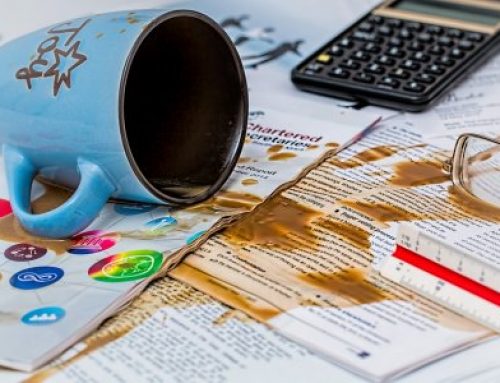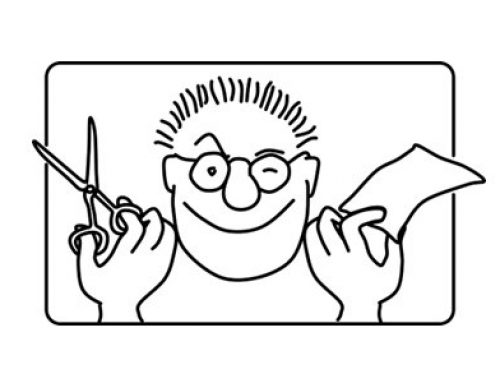by Danielle Parks, Customer Impact Editor
As a lot of mystery shoppers know, different companies can expect different ways of presenting the same type of information. A good example of this is how to present the timing of a shop experience within a report. Some companies might want to know at exactly what time something was done. For example, they may want to know when exactly each course of the meal was ordered and then served.
Other companies, however, may want this information in duration of minutes and even seconds. Instead of reading that the main course was ordered at 8:00 and that the main course was delivered at 8:23, they would instead like to read that the main course was delivered in 23 minutes. This latter method of presenting timing information is mostly what our clients expect to see. After all, they understandably care more about how long a key step of service took to be accomplished versus at what time of day it was performed.
That is not to say that a mystery shopper won’t be expected to use a combination of these two methods when commenting on the timing. Many of our reports ask for a few exact times (e.g. when the shopper arrived and left the location) and then ask for duration of minutes within the narrative itself (e.g. “The server greeted us in two minutes.”)
Wondering which one you should use in your next report? Check the sample comments that we provide on the guidelines for each assignment. They show what the client is looking for in regards to detail and format. (Tip for Customer Impact clients: none of our clients expect to see exact times in the comments!) Then, read over the report itself and take note of any timing questions. These will have a blank next to that question where you can enter an exact time. That way, you can be sure to note that exact time during your shop so you can provide accurate information later.
Being a shopper for multiple companies can make keeping how each one prefers the information to be presented a bit difficult. That is why we strive to provide the shopper with all of the necessary tools in order for them to succeed in writing not only a comprehensive report, but one that meets the client’s expectations. Do you know of any such tools that you prefer to use but are not in our tool box? Let us know in the comments!





